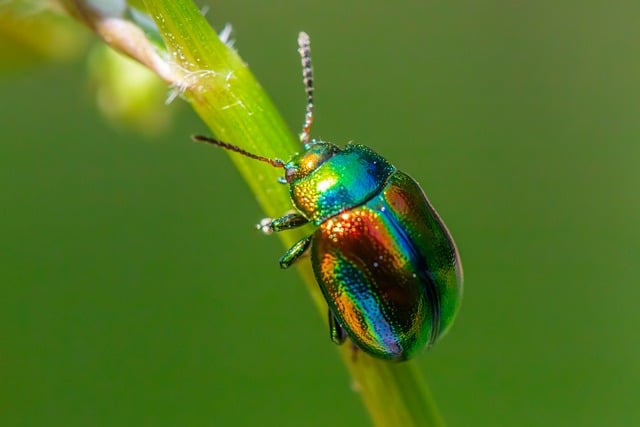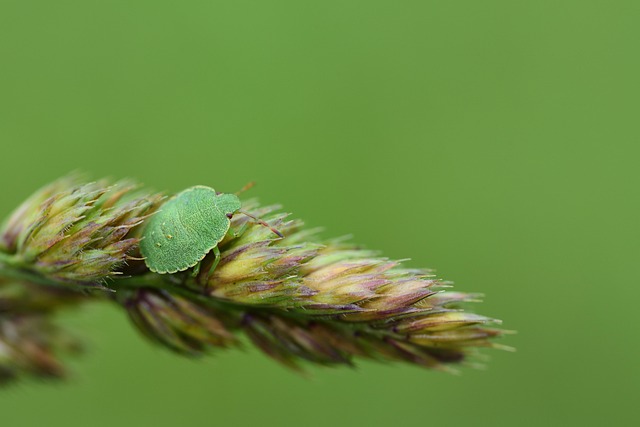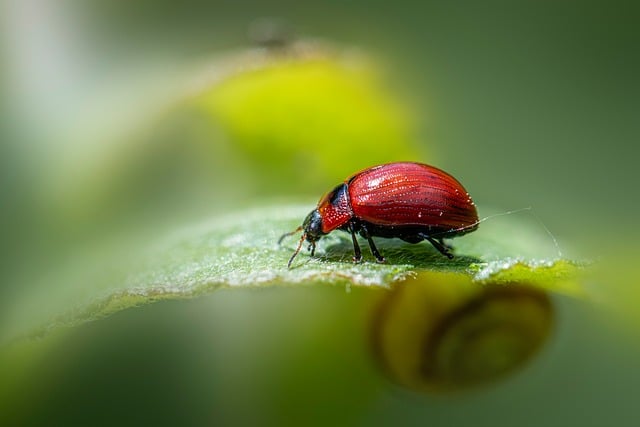A musty smell in attics or basements could indicate a pest infestation, such as termites, rodents, or carpet beetles. To locate and seal entry points, inspect for holes, cracks, or gaps around pipes, vents, and wires. If the smell persists, professional pest control experts can help identify specific odors associated with pests, aiding in effective cleanup and long-term prevention. Addressing structural damage, removing moisture sources, deep cleaning, and using natural deodorizers are crucial steps to eliminate the musty smell and maintain a fresh basement environment.
Are you detecting a persistent musty odor in your Wheat Ridge home, particularly in the attic or basement? It could be a sign of an unwanted guest—pests! Common attic pests like rodents and insects can cause damage and spread diseases. This article will guide you through identifying the source of that musty smell and provide effective solutions for pest control and attic infestation cleanup. Learn how to locate and seal entry points, implement cleaning techniques, and deodorize your space for a fresh start.
- Identifying the Musty Smell and Common Attic Pests
- Locating and Sealing Entry Points to Prevent Future Infestations
- Effective Cleaning and Deodorization Techniques for Your Basement
Identifying the Musty Smell and Common Attic Pests

If you’ve noticed a peculiar musty smell wafting through your Wheat Ridge home, particularly in the attic or basement, it could be an early indicator of pest infestation. This pungent odor is often caused by moisture and decaying organic matter, which many pests find appealing. Common attic pests that can lead to such odors include termites, rodents like mice and rats, and insects such as carpet beetles and webbing spiders.
Termites, for instance, not only cause structural damage but also leave behind a distinct musty smell due to the mold and fungus they cultivate in their nests. Rodents, too, produce this odor through their urine and droppings. Infestations of fabric-eating insects like carpet beetles can lead to a musty scent as these pests feed on organic materials, including fabrics, wood, and even dead insects. Identifying the source of this smell is crucial; it’s often the first step in finding an effective solution that may require professional pest control services.
Locating and Sealing Entry Points to Prevent Future Infestations

Locating and sealing entry points is crucial in preventing future infestations after attic cleanup. Start by checking for any visible holes, cracks, or gaps around pipes, vents, and wires that could serve as access points for pests. Use a flashlight to inspect hard-to-reach areas and look for signs of pest activity, such as droppings or chewed materials. Once identified, seal these entry points with appropriate materials like caulk, steel wool, or metal screens. This step is essential to keep out unwelcome visitors and maintain a clean attic environment.
When addressing the “musty smell” in your Wheat Ridge basement, a keen nose might be your best tool. Trained pest control experts can help pinpoint the source by identifying specific odors associated with different pests. The scent of mold or mildew often indicates moisture issues, while certain insects leave distinctive smells. Understanding these cues will aid in effective cleanup and long-term prevention, ensuring a fresh and healthy living space.
Effective Cleaning and Deodorization Techniques for Your Basement

When addressing a musty smell in your Wheat Ridge basement, identifying and eliminating the source is crucial for effective cleaning and deodorization. Pest control plays a significant role here as many insects and rodents can be the culprit behind such odors. Start by inspecting for any signs of infestation like droppings, chewed materials, or egg sacs. If an infestation is confirmed, professional pest control services should be engaged to resolve the issue comprehensively.
Once the pests are under control, focus on cleaning and deodorizing your basement. Begin by removing all sources of moisture as water can foster growth of mold and mildew, which contribute to musty smells. Deep clean surfaces using non-toxic cleaning agents and ensure thorough drying afterward. For stubborn odors, consider using natural deodorizers like baking soda or essential oils. Air purification systems can also help by eliminating airborne contaminants, leaving your basement fresh and free from that persistent mustiness.
Identifying and addressing attic infestations early is key to preventing the spread of pests and maintaining a healthy living environment. By understanding common entry points and implementing effective cleaning techniques, you can successfully eliminate pests and minimize the musty smell associated with Wheat Ridge basement issues. Remember to locate and seal any gaps or cracks to stop future invasions. With these steps, you’re well-equipped to tackle attic pest control and create a cleaner, more comfortable living space.
